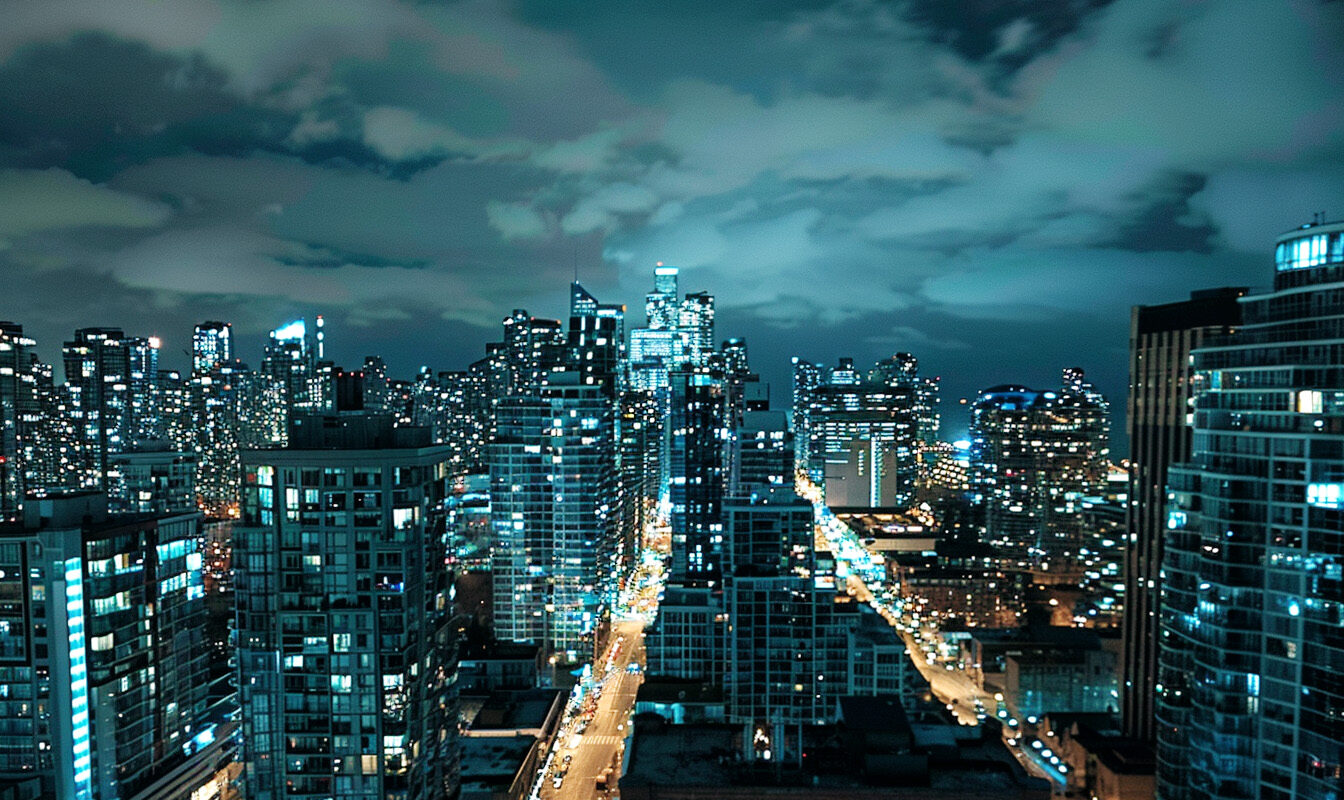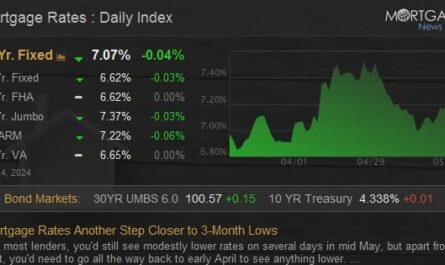In 2024, the landscape of American cities continues to evolve, with some experiencing rapid growth while others face significant population declines. This blog post explores the top five fastest-growing and top five fastest-declining cities in the United States, offering insights into the factors driving these trends and their implications for an urban exodus.
Fastest-Growing Cities:
1. Celina, Texas: Leading the Pack with 26.6% Growth
Celina, Texas, a small city located about 40 miles north of Dallas, has emerged as the fastest-growing city in the United States, boasting an impressive 26.6% population increase. This rapid growth has pushed Celina’s population to approximately 43,000 residents in 2023.
The city’s proximity to the thriving Dallas-Fort Worth metroplex has significantly influenced its expansion, attracting families and young professionals seeking more affordable housing options and a suburban lifestyle.
Celina’s growth is primarily attributed to its strategic development plan, which includes creating master-planned communities and preserving its small-town charm. The city has invested heavily in infrastructure improvements to accommodate the influx of new residents, including road expansions and the development of new schools.
However, this rapid growth also presents challenges, such as maintaining adequate public services and preserving green spaces. Celina’s city officials are actively working on sustainable growth strategies to ensure that their expansion doesn’t compromise their quality of life.
2. Fulshear, Texas: Close Behind at 25.6% Growth
Not far behind Celina is Fulshear, Texas, on the western edge of the Houston metropolitan area. With a growth rate of 25.6%, Fulshear’s population has surged to over 42,000 residents.
The city’s rapid expansion is mainly due to its strategic location, offering residents a blend of rural tranquility and easy access to Houston’s job market.
The development of upscale master-planned communities has characterized Fulshear’s growth, attracting affluent professionals and families. The city has seen a boom in commercial development to support its growing population, with new shopping centers and restaurants opening regularly.
However, this rapid growth has pressured local infrastructure, particularly roads and schools. Fulshear’s city government is actively working on expansion projects to keep pace with the population increase, including the widening of major thoroughfares and the construction of new educational facilities.
3. Princeton, Texas: Rapid Expansion at 22.3% Growth
Princeton, Texas, located northeast of Dallas, has experienced a 22.3% population increase, bringing its total population to over 28,000 residents. This former rural community has rapidly transformed into a burgeoning suburb, attracting residents with its affordable housing and proximity to Dallas’s job market.
New residential developments and the expansion of local businesses have fueled the city’s growth. Princeton has also benefited from the overflow of growth from nearby larger towns like McKinney and Frisco.
To support this expansion, the city has invested in infrastructure improvements, including road expansions and the development of new parks and recreational facilities.
However, Princeton faces the challenge of maintaining its small-town atmosphere while accommodating rapid growth. City planners focus on balanced development strategies to preserve green spaces and historical areas while facilitating necessary expansion.
4. Anna, Texas: Impressive 16.9% Population Increase
Anna, another city in the Dallas-Fort Worth growth corridor, has seen its population surge by 16.9%, reaching over 27,500 residents. This growth is part of a broader expansion trend along the Highway 75 corridor north of Dallas.
Anna’s appeal lies in its affordable housing options, good schools, and strategic location, which offers easy access to employment centers in larger nearby cities.
The city has experienced significant commercial growth alongside its residential expansion, with new retail centers and businesses opening to serve the growing population. Anna’s city government has been proactive in planning for growth, implementing infrastructure improvements, and zoning strategies to ensure sustainable development.
However, the rapid pace of growth presents challenges in maintaining the city’s character and ensuring that public services keep up with demand. Anna’s officials are focused on balancing growth with quality of life considerations, investing in parks, trails, and community facilities to enhance resident satisfaction.
5. Lathrop, California: Standing Out in the West with 13.6% Growth
Lathrop, California, is the fastest-growing city in the western United States. With a population increase of 13.6%, its total population has reached nearly 40,000. Located in California’s Central Valley, Lathrop has benefited from its position as a more affordable alternative to the expensive San Francisco Bay Area while offering reasonable commute times to job centers.
The city’s growth has been driven by a combination of factors, including expanding distribution and logistics industries and new residential developments offering more space at lower costs than Bay Area cities.
Lathrop has also attracted tech companies looking for more affordable locations, contributing to job growth. However, the city faces challenges related to California’s ongoing drought and the need for sustainable water management.
Lathrop’s officials are developing comprehensive plans to ensure sustainable growth, including water conservation measures and drought-resistant landscaping in new communities.
Fastest-Declining Cities:
1. New Orleans, Louisiana: Facing a 1.6% Population Decline
On the other end of the spectrum, New Orleans, Louisiana, has experienced a 1.6% population decline, continuing a trend that has persisted since Hurricane Katrina in 2005.
The city’s population now stands at approximately 364,000. While New Orleans has made significant strides in rebuilding and revitalizing many areas, it continues to face challenges that contribute to population loss.
Factors contributing to the decline include ongoing concerns about crime rates, the increasing frequency of severe weather events, and economic challenges in some sectors.
However, New Orleans remains a cultural powerhouse, with a thriving tourism industry and a unique heritage that continues attracting visitors and new residents. City officials focus on diversifying the economy, improving infrastructure resilience, and addressing crime to stem population loss and attract new residents.
2. St. Louis, Missouri: Grappling with a 1.55% Population Loss
St. Louis, Missouri, has seen its population decrease by 1.55%, bringing the total to around 281,000 residents. This decline is part of a long-term trend that has affected many Rust Belt cities. The loss of manufacturing jobs and suburban migration have been significant factors in St. Louis’s population decrease.
Despite these challenges, St. Louis has been working on revitalization efforts, particularly in its downtown area. The city has seen growth in the healthcare, education, and technology sectors, which offer hope for future economic stability.
Urban renewal projects and efforts to attract young professionals and families to the city are ongoing. Through various community development initiatives, St. Louis is trying to address all the issues that have historically contributed to population loss.
3. Philadelphia, Pennsylvania: Experiencing a 1.04% Decrease
Philadelphia, Pennsylvania, has experienced a 1.04% population decrease and is now at approximately 1.55 million residents. This decline comes after a period of growth in the 2010s, highlighting the challenges large Northeastern cities face.
Philadelphia’s population loss can be attributed to various factors, including high poverty rates, concerns about the public education system, and the lure of suburban areas. However, the city has a strong “eds and meds” sector, with renowned universities and healthcare institutions.
Philadelphia is also seeing growth in its tech and startup scenes. City officials focus on improving public services, addressing affordable housing needs, and enhancing quality of life to retain current residents and attract new ones, particularly young professionals and families.
4. New York City, New York: Big Apple Shrinks by 0.9%
Even the nation’s largest city, New York, has not been immune to population loss, experiencing a 0.9% decrease. This decline, bringing the city’s population to about 8.3 million, is particularly notable given New York’s historical role as a magnet for immigrants and domestic migrants.
The pandemic significantly impacted New York’s population, with many residents leaving the city during the height of the crisis. High living costs, particularly in housing, contributed significantly to population loss.
However, New York’s diverse economy, cultural attractions, and global significance continue to draw new residents and businesses. To maintain its status as a global city and attract new residents, the city focuses on affordable housing initiatives, improving public transportation, and fostering economic recovery in sectors struck by the pandemic.
5. Memphis, Tennessee: Contending with a 0.8% Population Drop
Memphis, Tennessee, rounds out our list of declining cities with a 0.8% population decrease, bringing its total to around 628,000 residents. The city has faced challenges of crime, poverty, and economic stagnation in specific sectors.
Despite these challenges, Memphis has seen growth in industries such as logistics and healthcare. The city is home to FedEx’s global headquarters and has a growing medical district.
Memphis is also known for its rich cultural heritage, particularly in music, which continues to draw tourists and potential residents. City officials are focused on revitalizing the downtown, improving public education, and attracting new businesses to create jobs and stimulate economic growth.
Conclusion
The patterns of growth and decline across US cities reflect broader trends in economic development, housing preferences, and quality of life factors.
While rapidly growing cities face challenges in managing expansion sustainably, declining cities are working to reinvent themselves and attract new residents.
These population shifts significantly affect urban planning, economic development strategies, and public policy across the United States. As we move further into 2024, these trends significantly impact the evolving landscape of American cities. [1] [2] [3] [4]
#FastestGrowing #Declining #Cities



